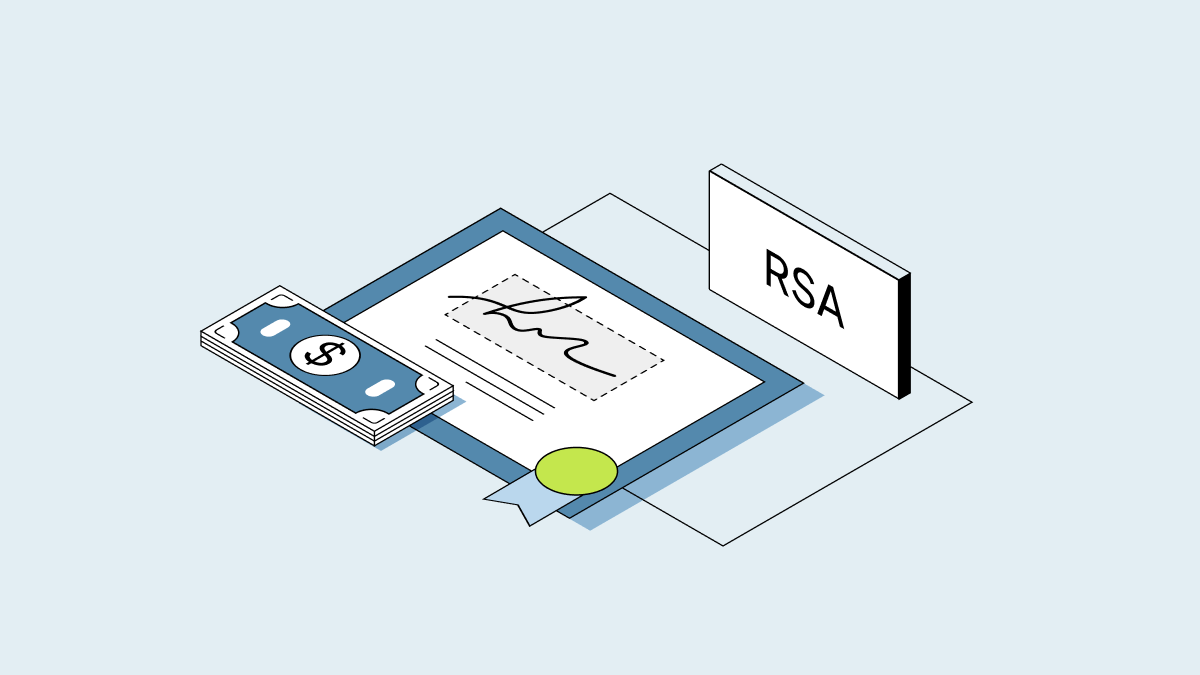Private companies often have many different shareholders on their cap table. If the company undergoes a liquidity event, such as an IPO or a sale through M&A, each shareholder will receive a different portion of the proceeds based on the size of their stake and other potential variables. A waterfall analysis (or liquidation analysis) helps investors and other stakeholders stay abreast of the estimated value of their holdings in a private company.
What is a waterfall analysis?
A waterfall analysis is a tool used by companies and their investors to model how the proceeds of an exit would be distributed among shareholders based on the terms of a company’s operating agreement. This structure for the distribution of exit proceeds is also known as a liquidation preference waterfall, waterfall chart, or waterfall graph.
In venture capital and private equity, investment firms typically build waterfall analysis models to predict the value of their holdings across various portfolio companies based on a number of variables, such as the class of share, the timing, and the predicted valuation in an exit.
Most company operating agreements (for example, LLC operating agreements) define a clear pecking order for how different types of shareholders will be paid out in the event of an exit. This liquidation event payout structure is called an exit waterfall because of how distributions spill over from one class of shareholder to the next, moving their way down the cap table. Depending on the company’s valuation in a liquidity event, some shareholders may receive a larger return than others.
How do liquidation preferences affect waterfall modeling?
Some shareholders in a private company might have liquidation preferences. These are investment terms that guarantee a preferred shareholder is paid out first after a liquidation or exit, with the idea of ensuring that the shareholder receives a minimum return on their investment.
A waterfall analysis factors any liquidation preferences into its model, along with any other investment terms that might affect the order in which shareholders are paid in the event of an exit.
Preferred vs. common shareholders
Most private companies issue both preferred stock and common stock, two different types of shares with different rights and potential benefits. Preferred shares are typically issued to investors, while common stock is typically reserved for founders and employees.
This is another variable that a waterfall analysis must account for. Preferred shareholders typically have a liquidation preference, so they will be paid out before common shareholders in the event of an exit or liquidation.
Pari passu
At some companies, certain preferred shareholders might have liquidation preferences that are senior to others. At other companies, all preferred shareholders hold the same level of liquidation rights. This latter case, when all preferred shareholders hold equal rank, is called pari-passu preference, a Latin-derived term meaning “equal footing.”
A waterfall analysis for a company whose shareholders have pari-passu preference might include fewer variables and thus be less complex than an analysis for a company with stacked preferences for other types of differing liquidation preferences.
When do companies need to do waterfall modeling?
Most VC and PE firms maintain up-to-date waterfall models for all of their portfolio companies. This allows them to assess the value of their holdings easily, at any time.
Waterfall models are typically most useful when a company is considering an IPO, M&A transaction, or some other type of liquidity event. They’re also commonly used when a company is raising new funding to monitor how the cap table and payout structures might change by bringing on additional investment.
Why do founders need waterfall modeling?
Founders are responsible for managing their cap table and their investors. They are also typically shareholders in the company themselves. A waterfall analysis can be a tool for founders to measure any potential stock dilution that would result from a new investment, helping them assess the pros and cons both for themselves and for other shareholders.
How to model exit scenarios using waterfall analysis
Traditionally, investment firms task their associates or other employees with building waterfall analysis models for each of their portfolio companies.
The basic ingredients for a waterfall model are a company’s:
-
Cap table, which outlines its ownership structure
-
Operating agreement or certificate of incorporation, which includes the formal language for how equity holders or shareholders will be paid out (among many other rules and provisions)
These two artifacts are related, but they are traditionally separate. A waterfall analysis combines the information from the cap table and the operating agreement into a third location, typically a financial model built in Excel.
The waterfall model can be manipulated for various potential valuations or other data points to show the cap table and operating agreement would interact to affect the final value of payouts in the event of an exit or liquidation.
Carta’s waterfall modeling tool
Carta offers its own software-based waterfall modeling tool as an alternative to the traditional method of manually building models for each company. Our waterfall modeling tool allows you to model exit scenarios for any company and understand the economic impact on different share classes and shareholders.
Our modeling tool links directly to a company’s cap table on Carta, allowing seamless integration between the waterfall analysis and the company’s existing source of truth for ownership. The waterfall modeling tool is best used to simulate the payouts that each shareholder would receive upon an acquisition of the company, but it can also be used as an estimate of potential payouts in the event of an IPO.




